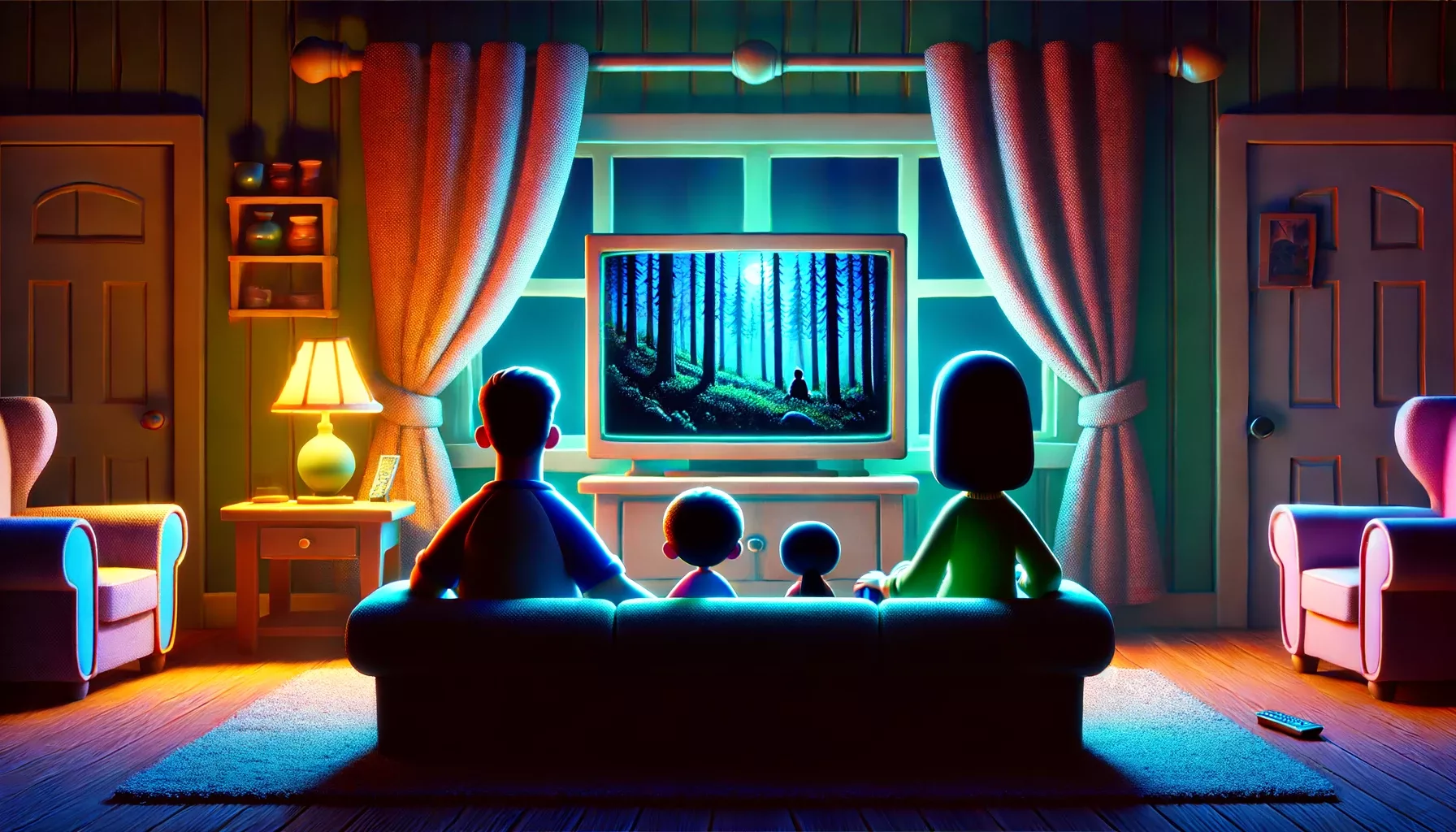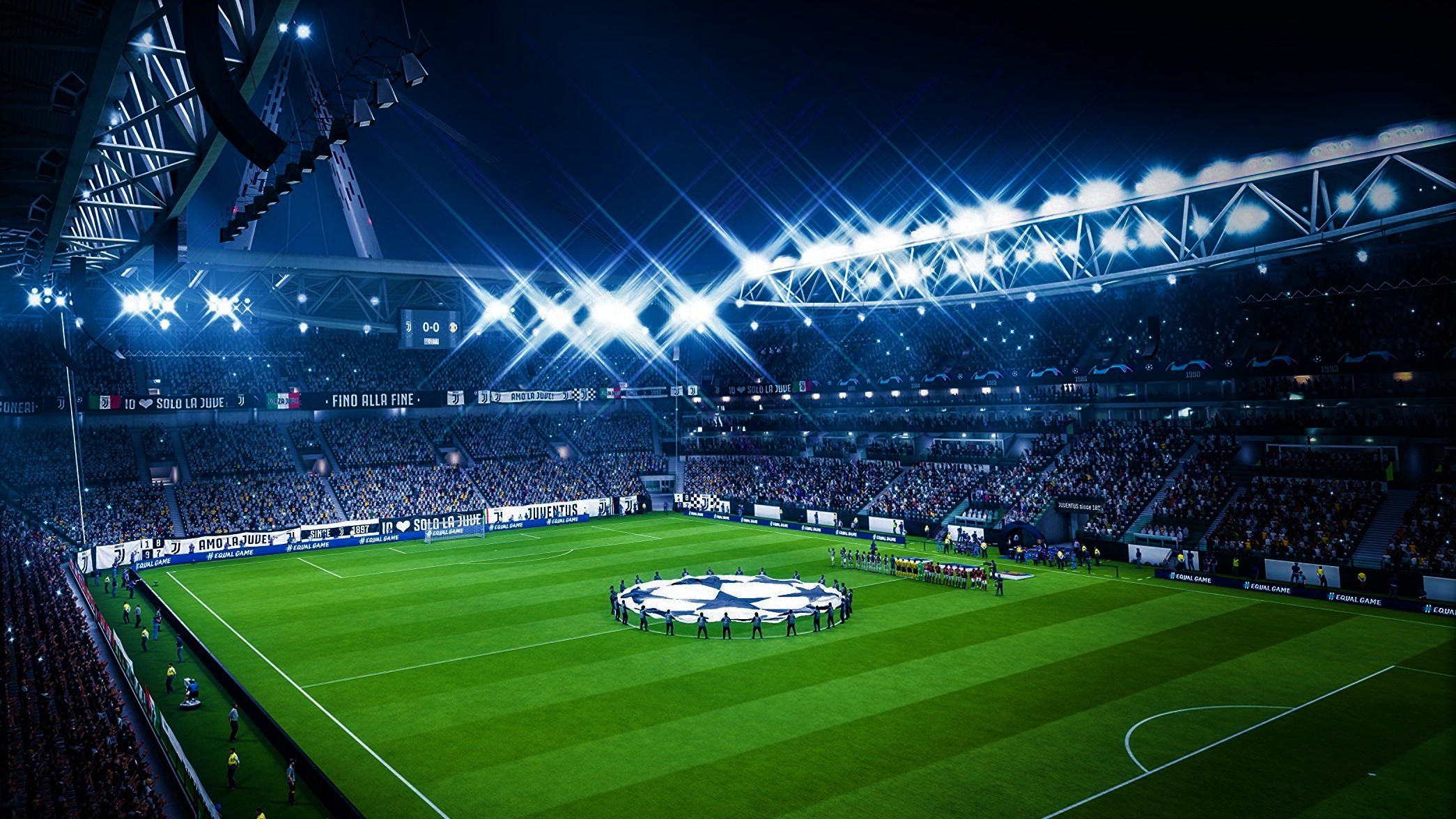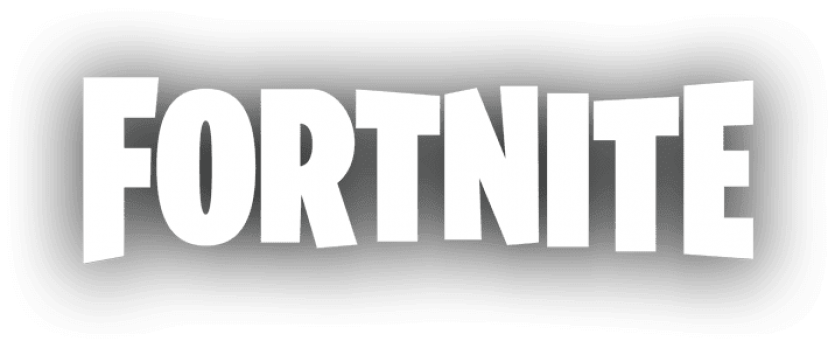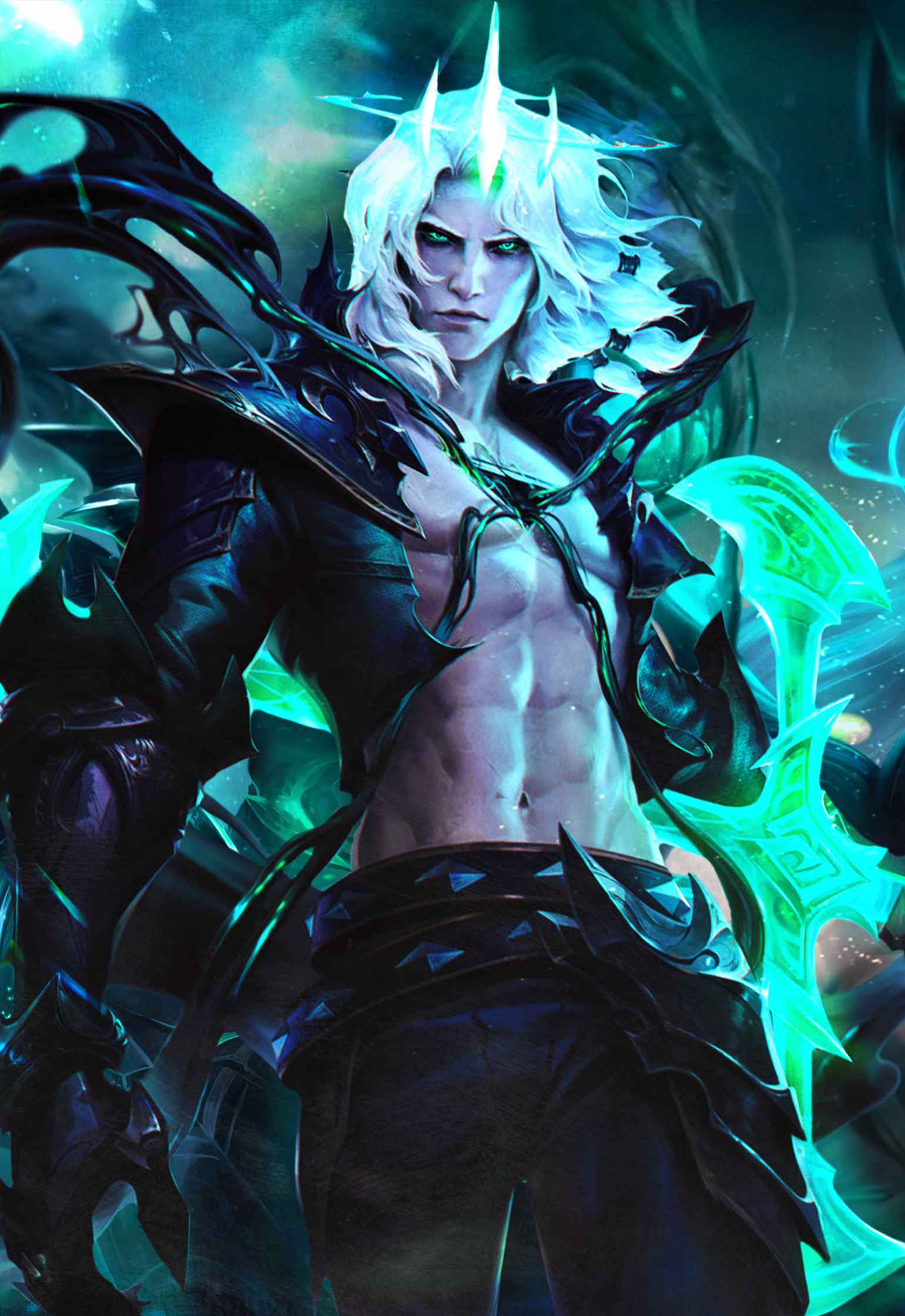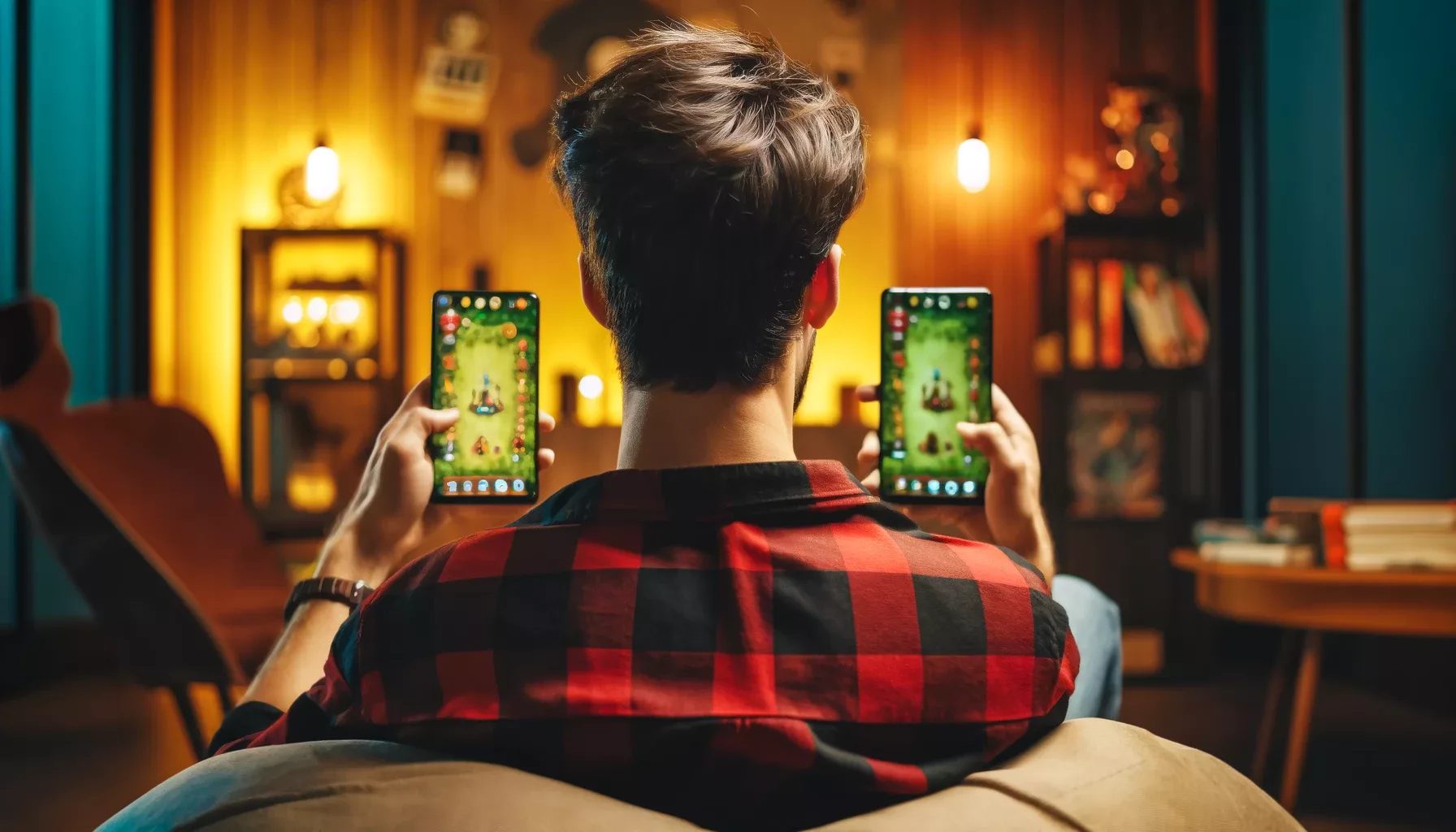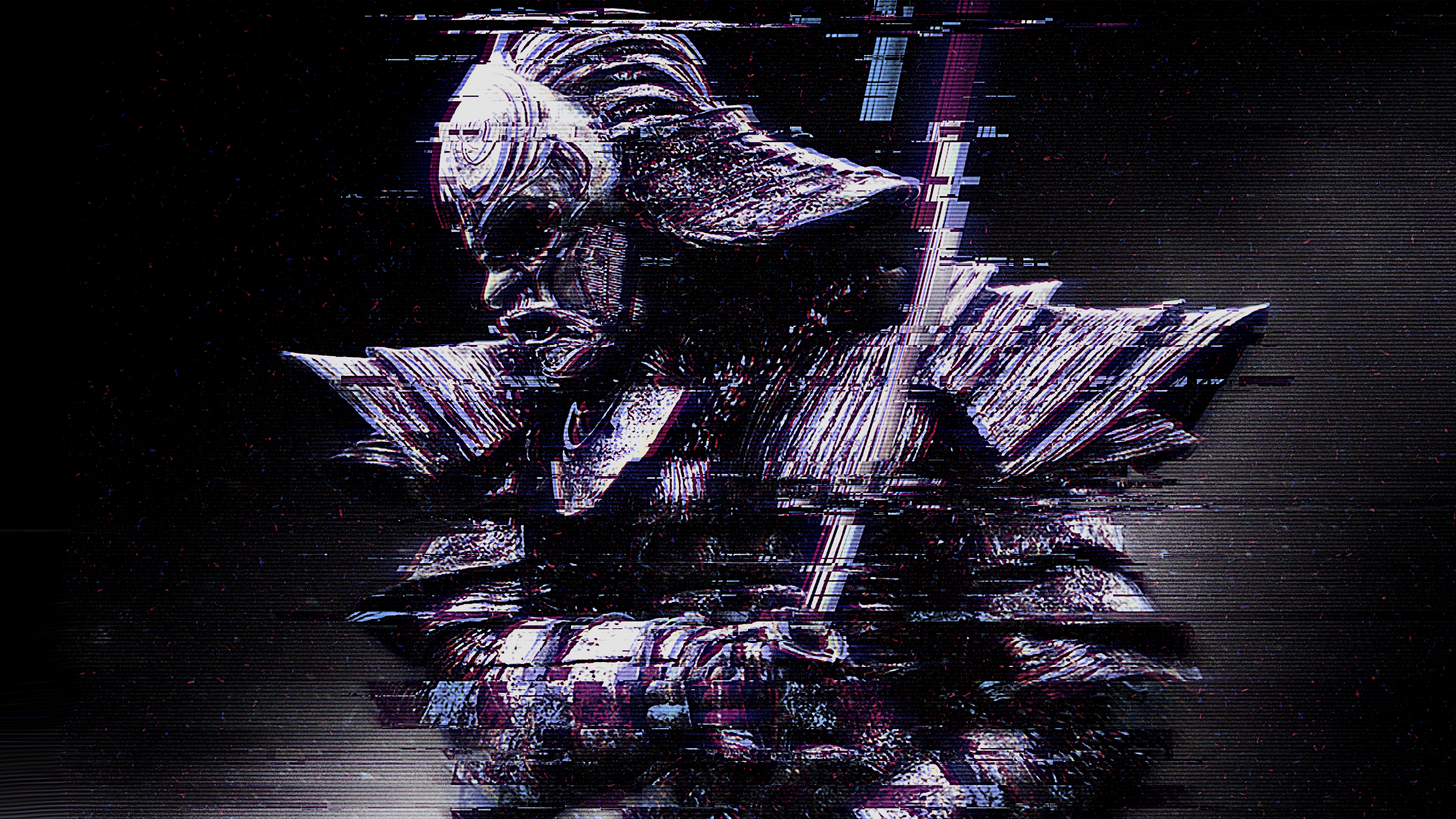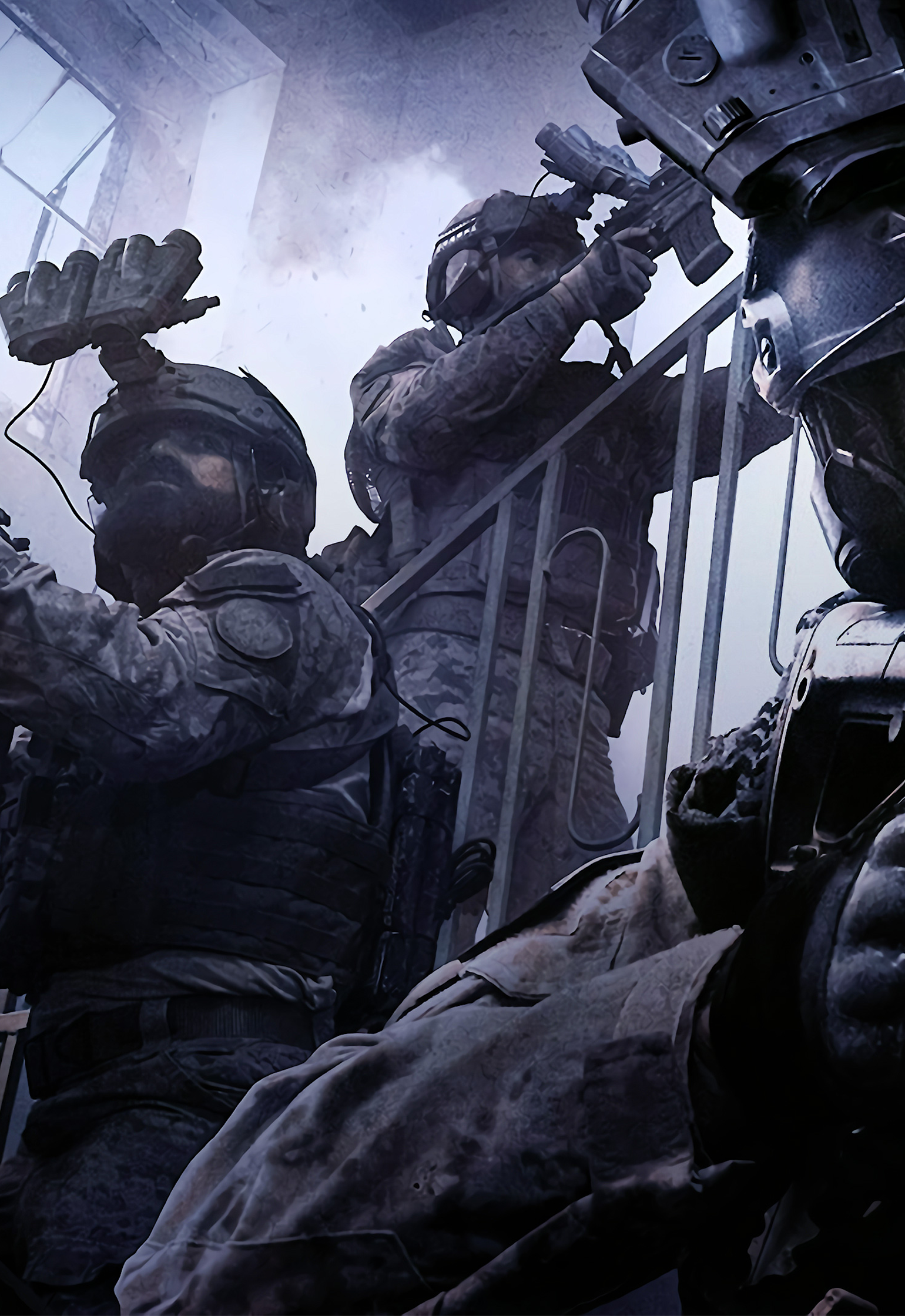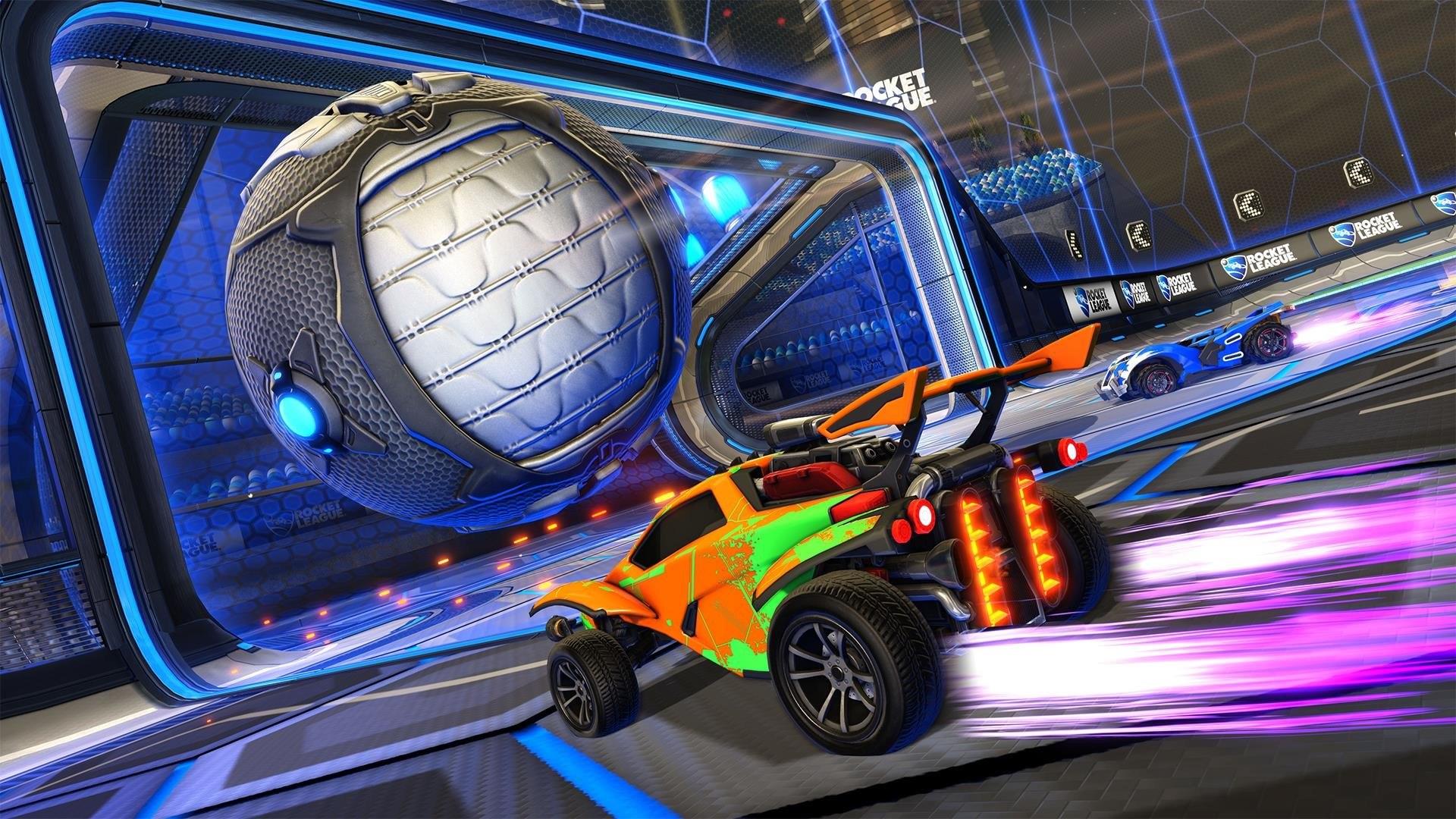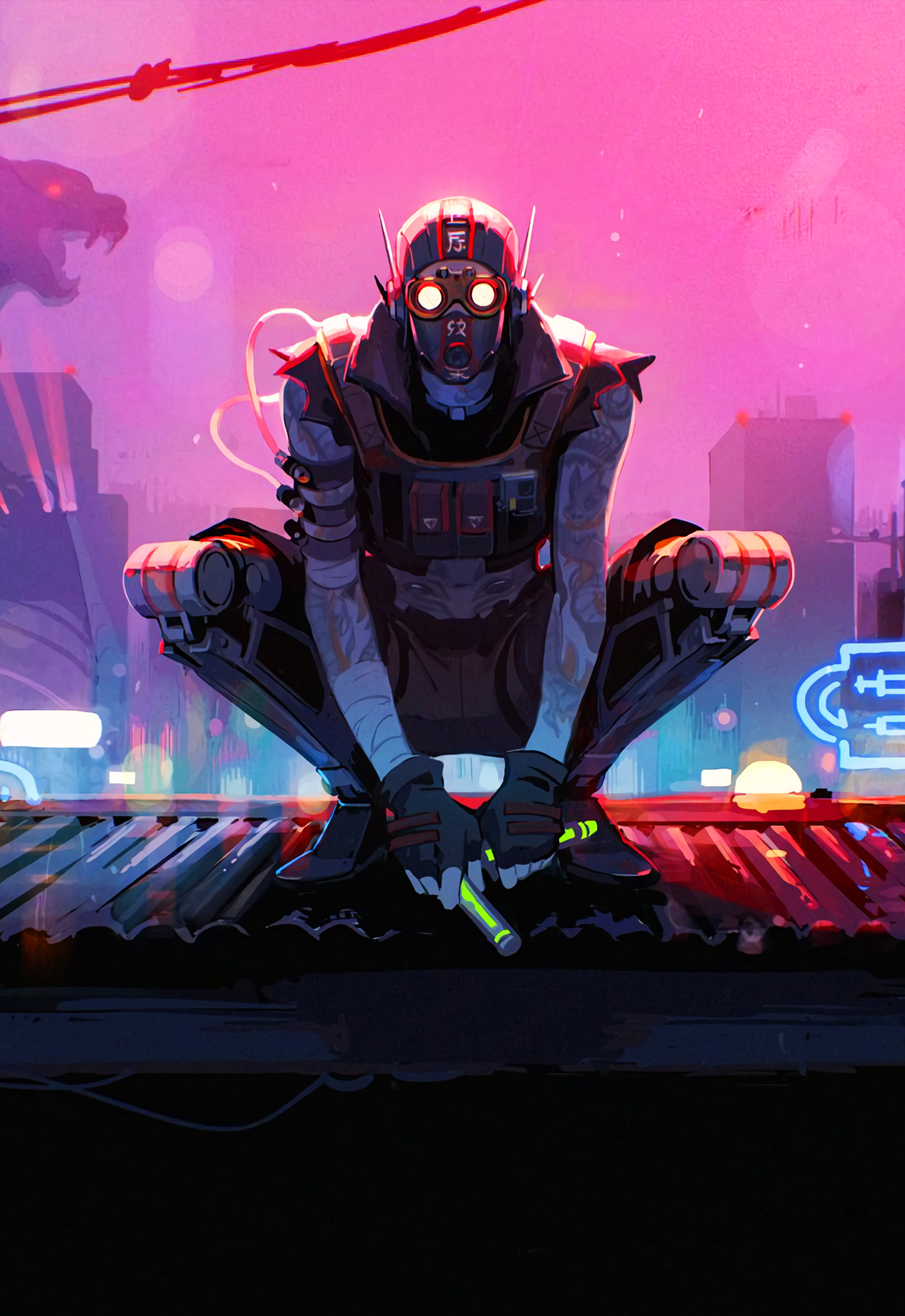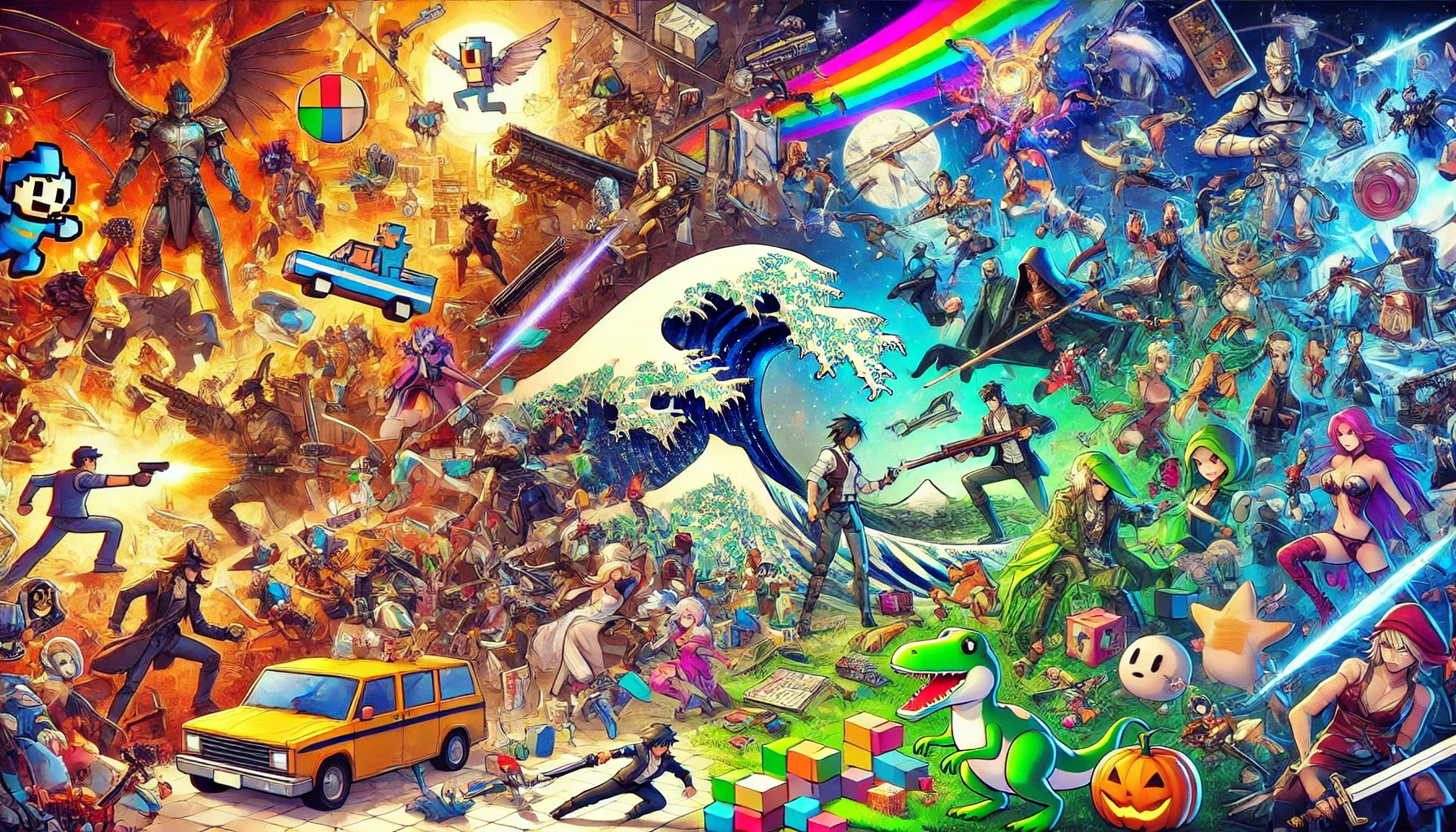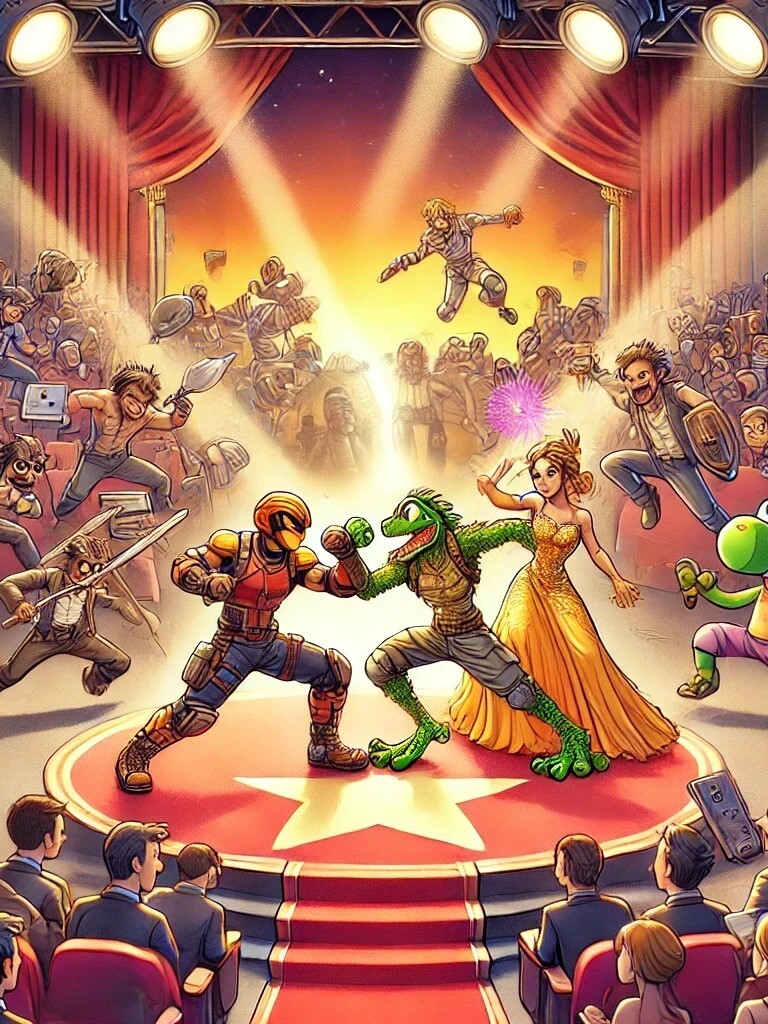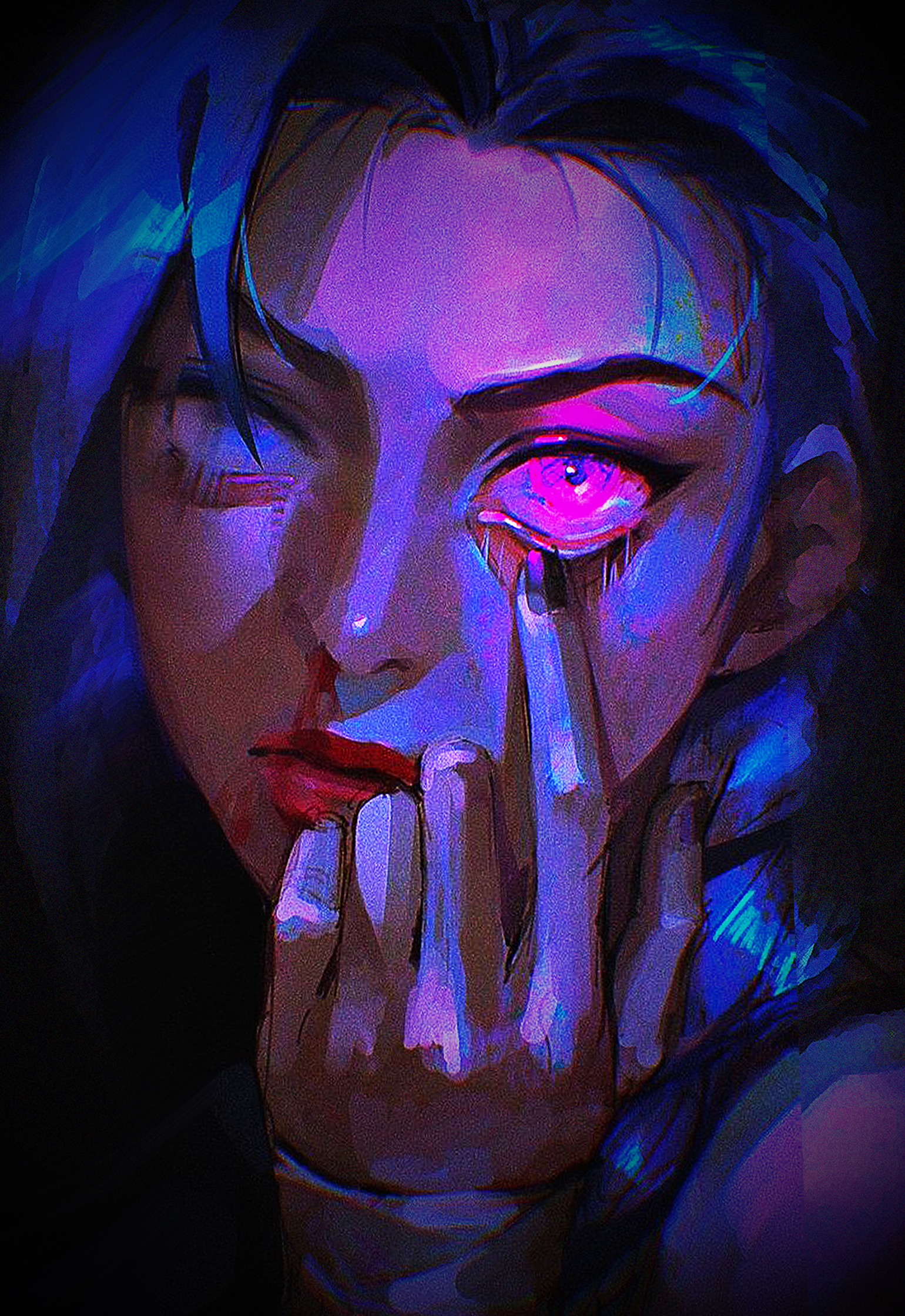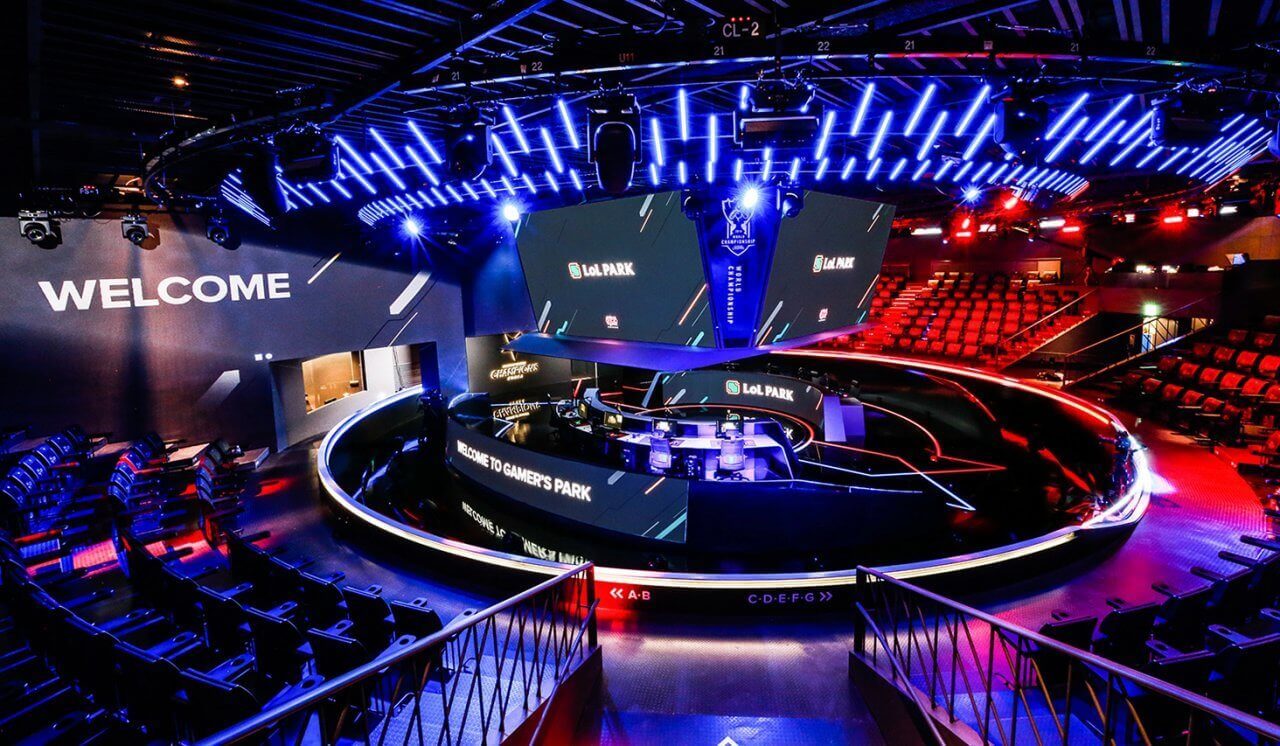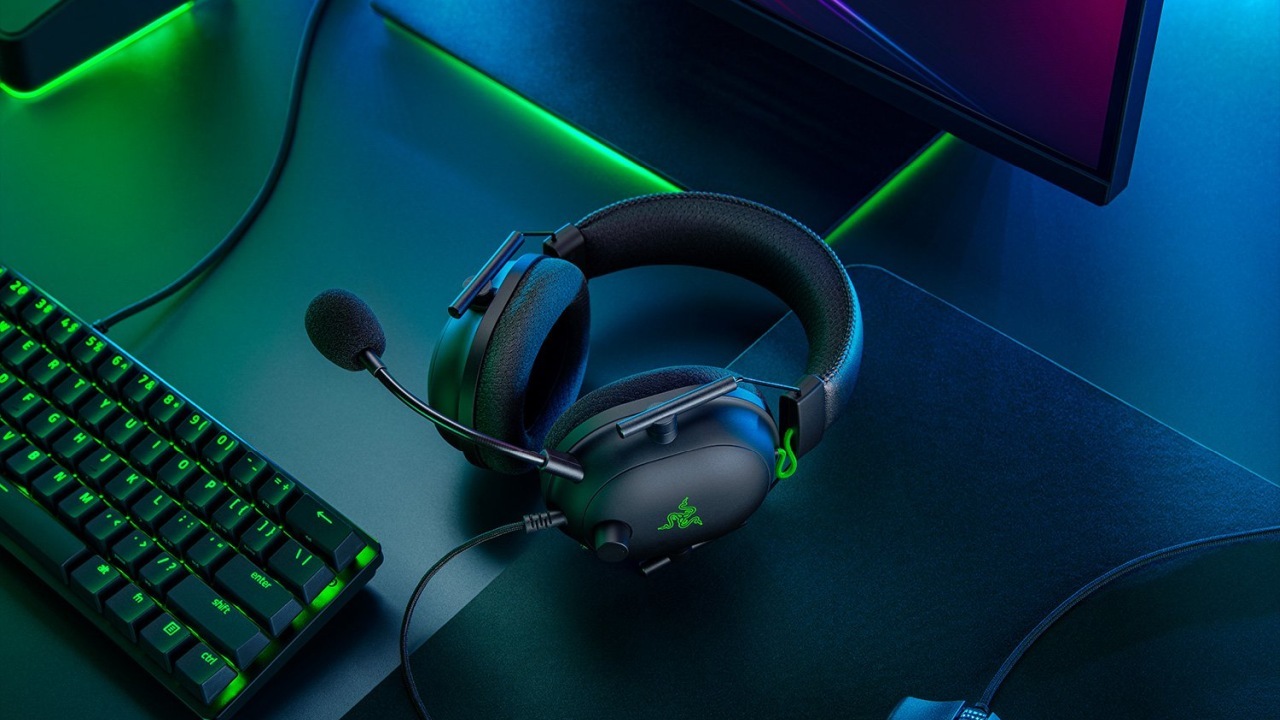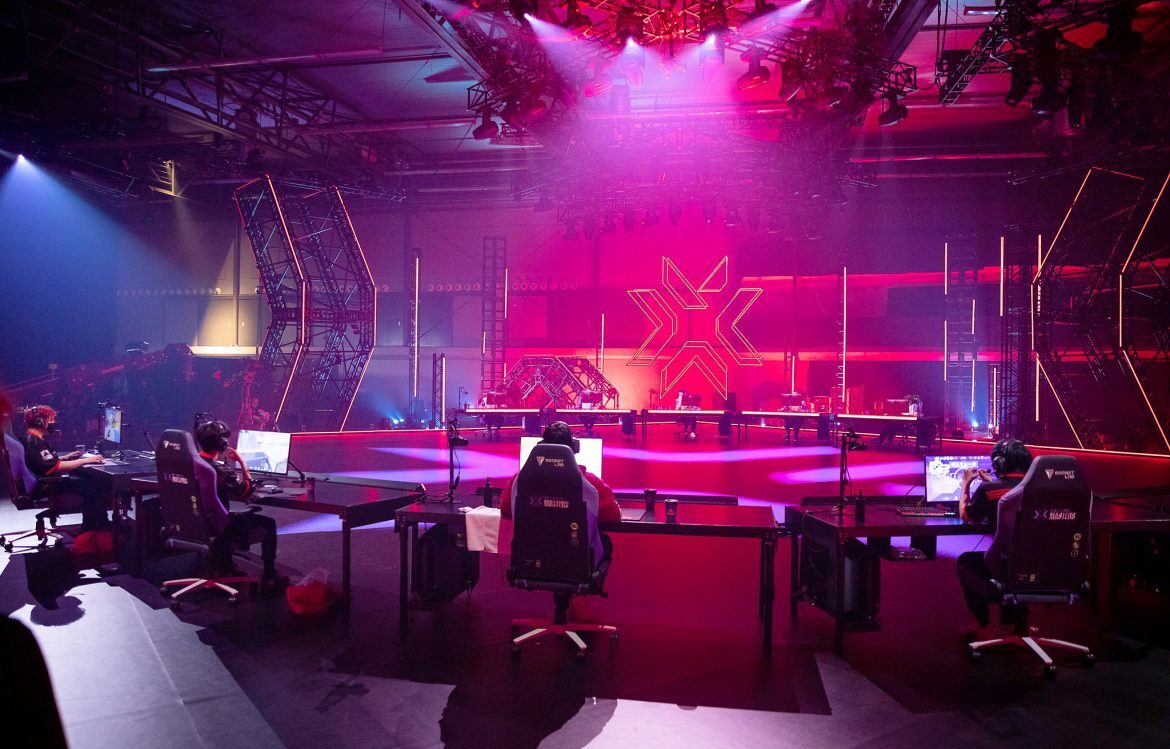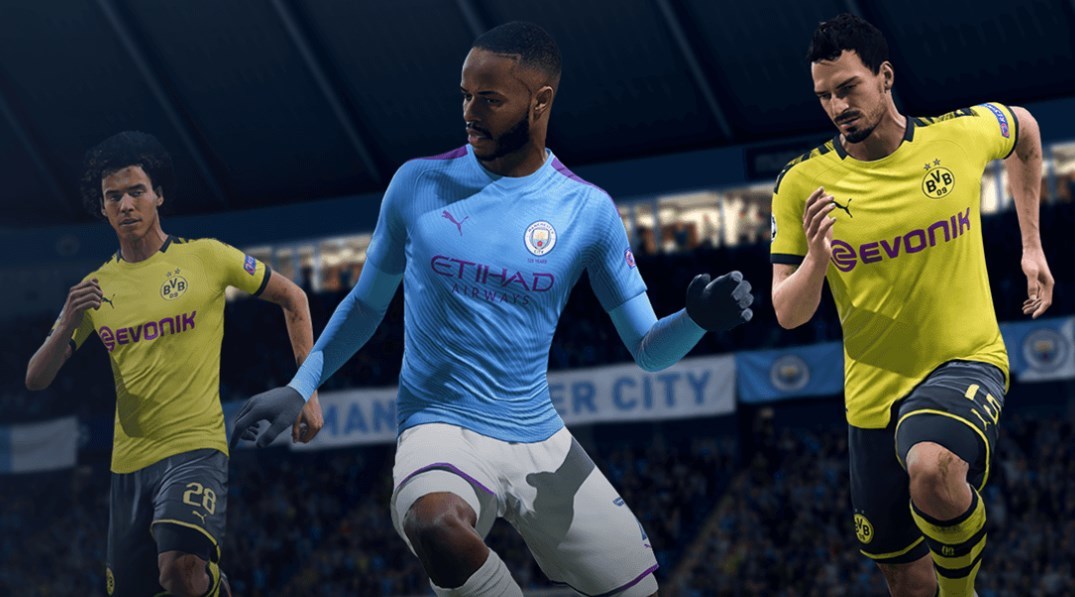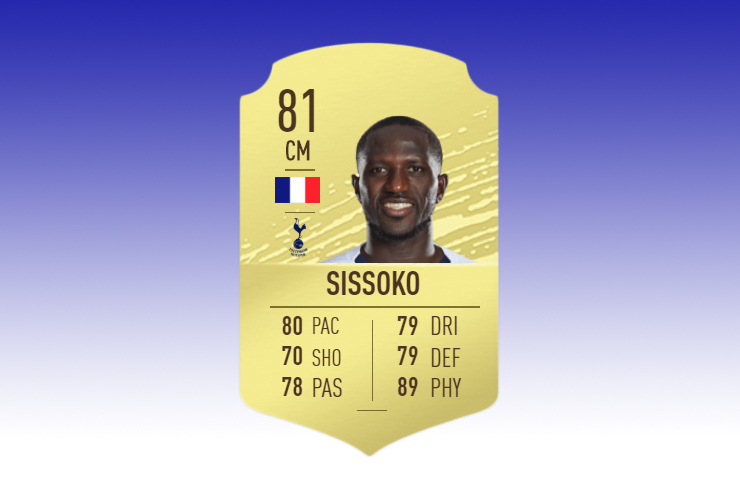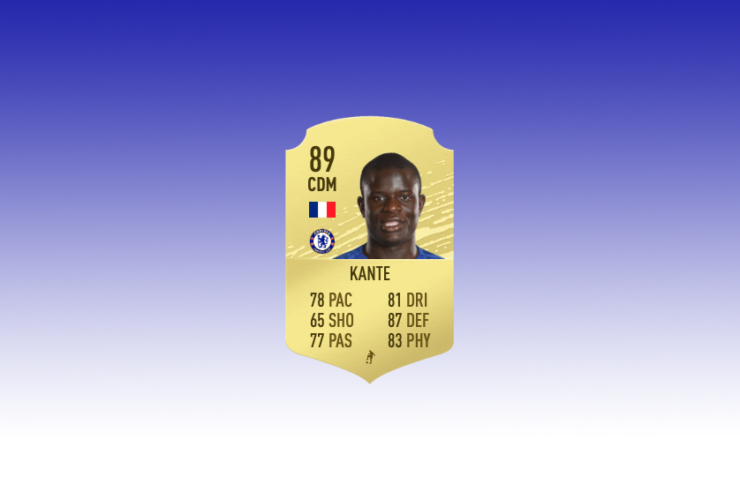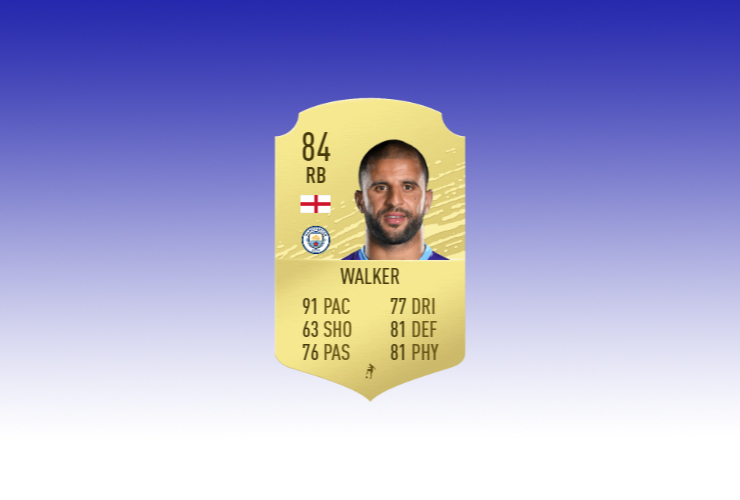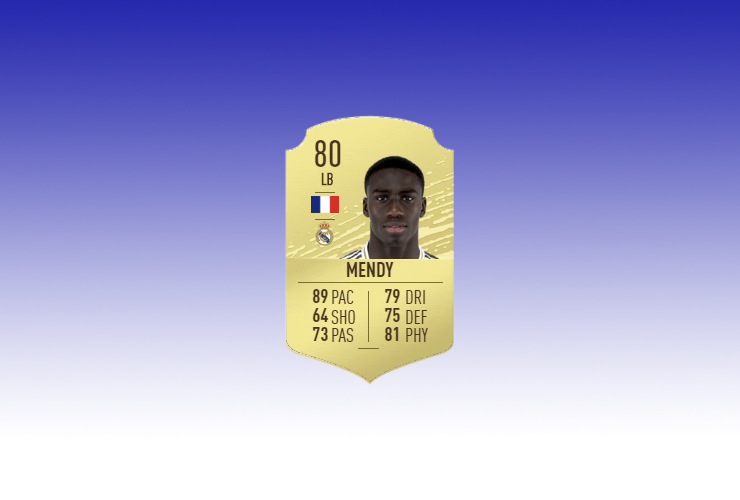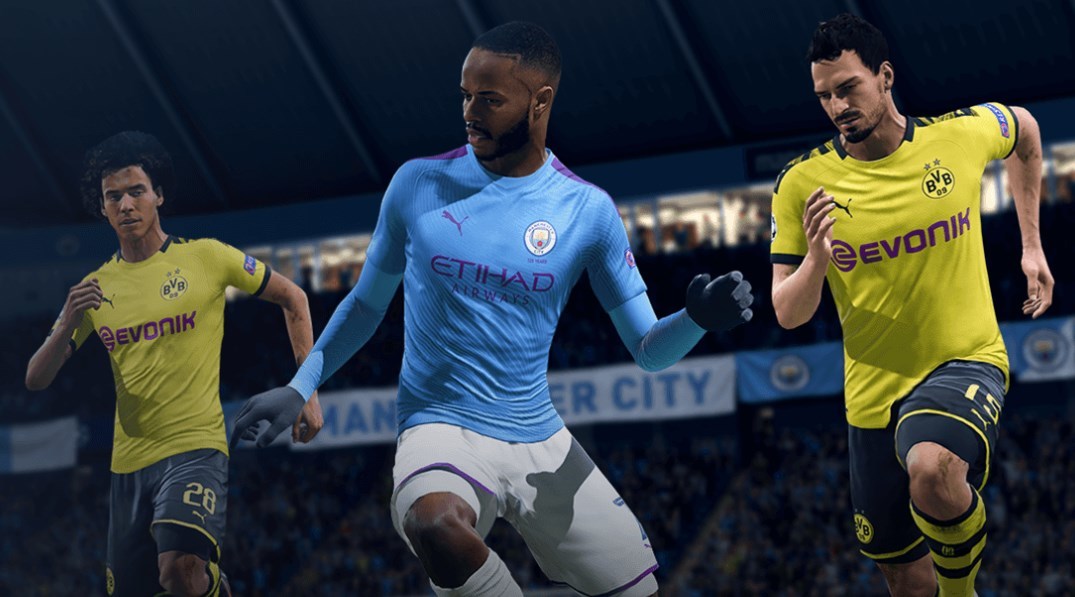
New to FIFA Ultimate Team? Then you’re in the right place. Throughout this series, FUT for Beginners, we’ll explain every part of Ultimate Team and give you a helping hand during your first steps in this enthralling game mode. This week, we’re looking at the overall aim of FUT, building a side, team chemistry, and personalizing your club.
What Is the Aim of Ultimate Team?
This is probably the first question any player has and, in short, it’s to build the best side possible and then play with them.
However, it’s a lot more complicated than that…
The Origins of FUT…
Most football fans can relate to collecting stickers or trading cards as kids. For instance, the Premier League Adrenalyn trading cards are hugely popular with youngsters today, as they can be used to swap with, and compete against their mates.
Well, that’s roughly the same concept as FUT, except on FIFA, gamers have the added bonus of playing with their team.
It was back in 2009 that EA Sports first latched onto this concept, which was originally included as an add-on to FIFA 09, and since then, the game mode has become the franchise’s most popular feature.
Eleven years have passed since then and the premise of FUT is still roughly the same: build the best team possible and do battle with others.
Building a Team
When you first start a new FUT team, you’ll be given a really basic side, with a few short-term loan players to help ease you in.
But you’ll quickly need to improve that team if you want to compete with other players. There are four main ways to get new players on FUT:
- Transfer Market – If you’re interested in getting a specific player, then the Transfer Market is your best bet. In FUT, you earn Coins for playing matches, as part of weekly rewards and for selling players. You can then use these Coins to buy new recruits on the Transfer Market.
- Packs – There is a variety of packs on FUT that can offer anything between six and thirty cards. These cards include players and consumables – such as contracts and fitness items – as well as staff, and club items like stadiums, badges, etc.
- Squad Building Challenges – We’ll delve into this aspect of FUT at a later time, but Squad Building Challenges (SBCs) are based around trading in cards to receive a much more valuable player. As an example, you could swap an 83-rated squad to receive a new player ranked 85 overall. The Basic SBCs are a good way of easing in new FUT players, while also offering tangible rewards.
EARLYGAME TIP: At first, it can be tempting to spend Coins as soon as you earn them, however, in the long run, it’s best to set short-term transfer targets and save up enough Coins to buy significant additions. Otherwise, you could find yourself repeatedly spending Coins to only marginally improve your team. Selecting which players you’d like to buy in advance means you can spend Coins a lot more efficiently.
Packs come ranked in bronze, silver and gold and can be hugely rewarding if you manage to find a good player. They are also significantly cheaper than the Transfer Market. However, packs pose a higher risk than buying players from the Transfer Market, and can often offer little in the way of serious rewards. It’s a risk-versus-reward thing – you might open a pack to find two 85+ players, or potentially none ranked above 80.
A look back to a community favourite from TOTS 19
— EA SPORTS FIFA (@EASPORTSFIFA) May 15, 2020
Flashback SBC Axel Witsel, available now in #FUT20 pic.twitter.com/pdWKE69Dfw
- Objectives – Again, we’ll explain these in more detail in a later feature, but Objectives offer in-game rewards for completing certain challenges. You could receive a new player for competing challenges such as scoring with an all-Brazilian team, winning games with only Serie A players, or assisting with players who have a minimum pace ranking of 85. Season Objectives also offer XP for completing challenges, which can then be used to earn packs and new players over a prolonged period of time (e.g. Season 6 in FUT20 is six weeks long).
EARLYGAME TIP: When building your side, be sure to keep an eye on all four ways of adding new players. Focusing solely on the Transfer Market can mean missing out on some great SBCs and vice versa – only using SBCs will limit your ability to efficiently strengthen your side.
Chemistry
Another important factor when building your team is chemistry. This essentially means that there must be a connection between players in your side, based on nationality, league, or club.
There are pros and cons to this aspect of the game, but chemistry means gamers can’t just build a team-based purely on ratings – you have to be a lot smarter than that. However, chemistry also makes it almost impossible to have an XI containing Lionel Messi, Cristiano Ronaldo, Neymar, and Paul Pogba, for instance.
Every side has a chemistry rating out of 100 which is determined by the links between players. Player chemistry is indicated by lines joining the cards in your starting XI. A red link means poor chemistry, orange is ok, while green indicates a high chemistry rating.
As an example, a center-back may have a line attaching him to a goalkeeper, center-back, left-back and center-midfielder, as they’re near him on the pitch, but the links will differ with each formation. A player’s individual chemistry rating will be determined on how strong a connection he has with the players around him (i.e. if he has the same nationality, or plays in the same league).
However, as there is no link between a center-back and striker, the team’s chemistry is not affected by whether they’re from the same country, or play in the same league.
There are several ways to improve chemistry ratings:
- Nationality – If players are from the country (e.g. a team full of only Spanish players will have a chemistry rating of 100).
- League/club – Players from the same league will have a good chemistry rating. This will also be strengthened if players represent the same club. (e.g. an XI of Premier League players will have a chemistry rating of 100).
- Position – Ensuring players line up in their correct position also helps a side’s chemistry rating. Player positions can sometimes be adapted via certain cards (e.g. a center-midfielder can change position to an attacking or defensive midfielder).
- Playing 10 games – Experience is important in FIFA, and players will get an additional chemistry rating of +1 after they’ve represented a side on 10 occasions. However, every player’s chemistry rating is capped at 10 – if a card has a maximum chemistry rating in an XI, then this bonus won’t apply.
- Manager – All sides need a manager, and nationality and league are also important in this. For instance, a side with mainly Bundesliga players will have increased chemistry if a Bundesliga manager is selected.
EARLYGAME TIP: Don’t ignore chemistry in FUT. In fact, it’s very important. Even a great side won’t operate effectively if they have a poor chemistry rating. In theory, gamers should always aim for a chemistry rating of 100.
Chemistry is an important aspect of FUT and should certainly be considered when building a new side, but it is still possible to have a team containing different nationalities and leagues, while achieving a 100 chemistry rating, as the below picture explains.
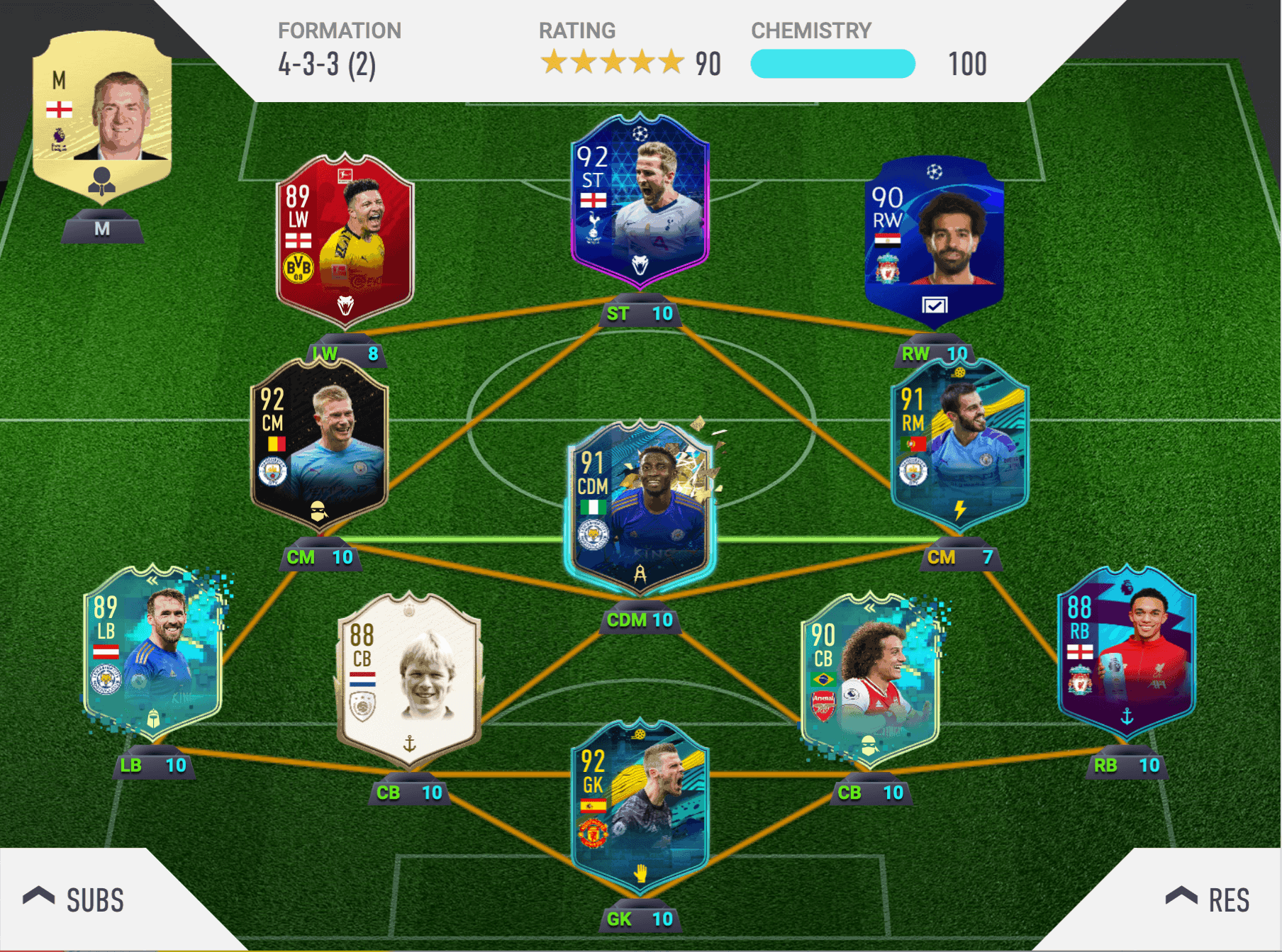
Improving and Personalizing Your Side
When a new FIFA game is released, gamers can only get the original players in FUT. However, over the coming weeks and months, new and improved cards are released by EA Sports, meaning there’s always room to strengthen your side.
EARLYGAME TIP: With EA Sports constantly bringing out new cards, it’s pretty much impossible to have the highest-ranked side in the game. If you have the top Ligue 1 left-back, chances are there’s a better one out there from another league, or there will soon be a new Ligue 1 left-back with a higher rating. This is what makes the game so addictive, you’re always looking to improve your XI.
New cards being released also means you can add specific players. For instance, if you are an Aston Villa fan, the low original rating of players from the club means you’re unlikely to include them in your side. However, in FIFA 20, special-rated Trezeguet (87), Jack Grealish (86), John McGinn (84) and Pepe Reina (84) are worthy additions to any team.
In FUT, gamers can also customize their sides by selecting a manager, stadium, kit, badge, tifo, and celebrations.
Time to Play
Building your team is certainly a huge part of what makes FUT so enjoyable and popular, but there’s no point in creating a side without playing as them. So, once you’re happy with your XI, it’s time to start playing some games, but remember to always keep an eye out for where you can improve your team!
In our next FUT for Beginners guide, we are taking a more detailed look at cards and Transfer Market prices. Stay tuned to EarlyGame.




